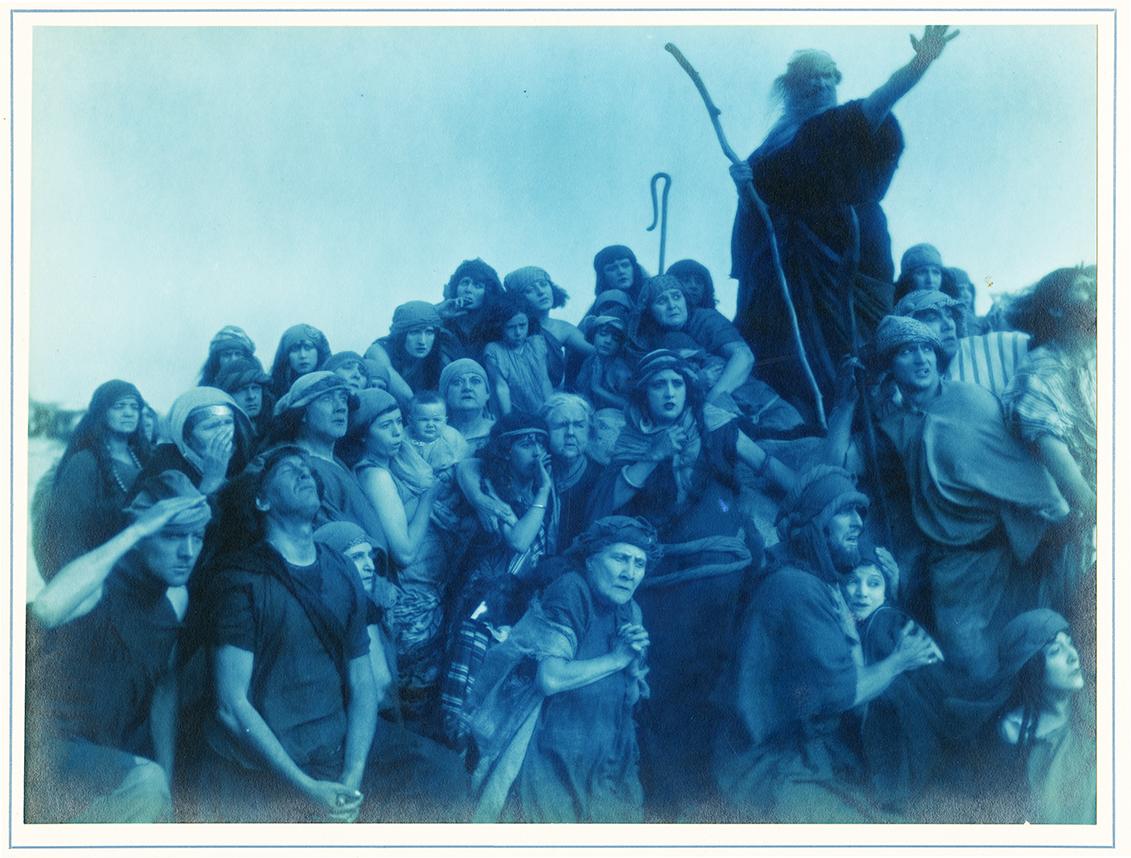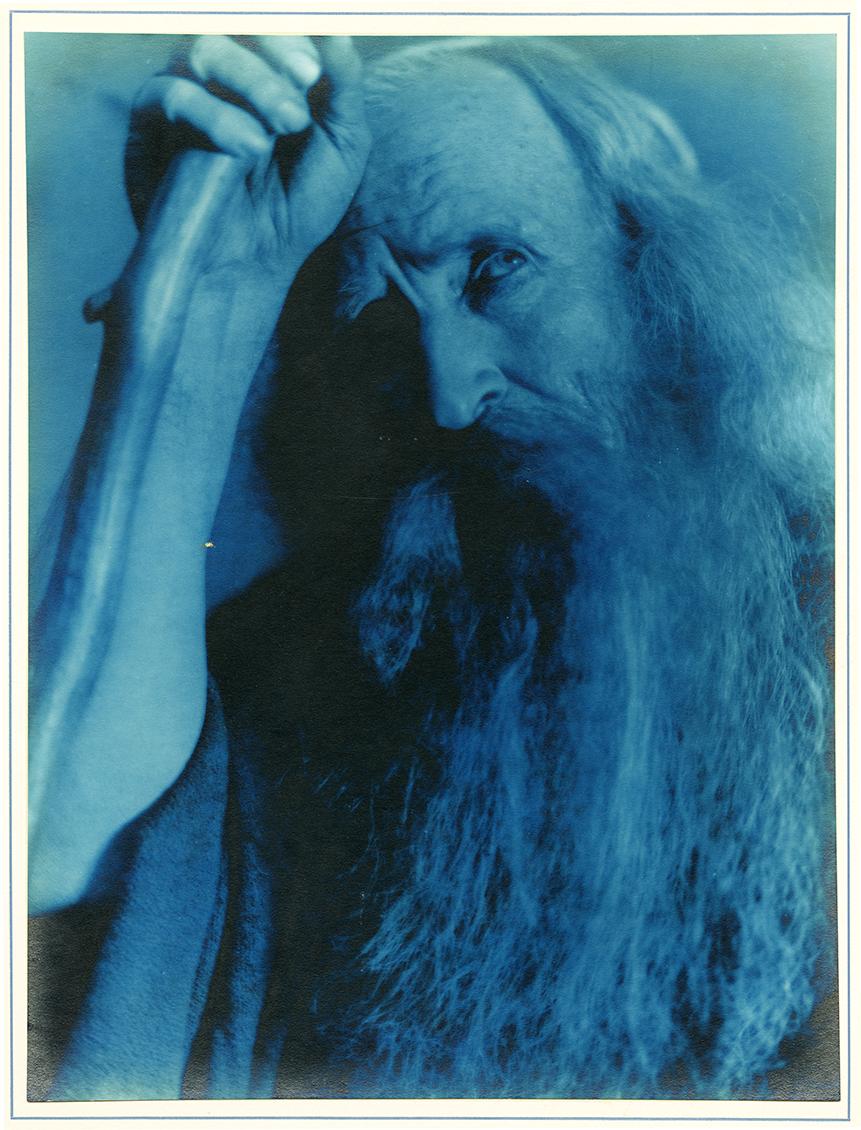
Figure 1 – Scene from Cecil B. DeMille’s The Ten Commandments, Photographs of the filming of Cecil B. DeMille’s The Ten Commandments, PC-RM-Curtis, courtesy, California Historical Society, PC-RM-Curtis_391.
We have spoken in the past about American photographer Edward S. Curtis, who so brilliantly chronicled the decimation of the native peoples of America. We remain perpetually haunted by these beautiful images and the stories they tell.
America today has become barraged lately with challenges to the meaning of truth. As a result, last night I was thinking about the story of Moses and the ten commandments, especially the one that states:
“Thou shalt not bear false witness against thy neighbour.”
This in turn led to my search for early photographs that depict Moses. Well, two points: first that I recognize that this is not a normal activity for a Saturday night (as in get a life, Wolf), and second that despite that we are told that “when Aaron and all the children of Israel saw Moses, behold, the skin of his face shone; and they were afraid to come nigh him,” there are no actual photographs of Moses extant. I emphasize the second point because delusion has become a theme of the day.
What I found, in my little web search, amazed me. There were a set of beautiful cold-tone images by Edward S. Curtis of the filming of Cecille B. DeMille’s 1923 version of “The Ten Commandments.” It seems that Curtis was employed as a black and white photographer on the movie crew. These images are in the California Historical Society on The Commons and can also be seen on Flickr. I have reproduced two of them here. You see immediately the same passion of face that are in Curtis’ native American images. This mas a master of dramatic portraiture. It is as if we are transported back to the time of the Exodus. The choice of blue-tone gives these images an other worldliness. They seem, as the commandments themselves, written in stone.
This first telling of the Exodus story by DeMille is bifurcated. It tells first the story of Moses leading the Israelites from bondage to the promised land and then it tells a modern day story of two brothers, one who follows the way of good and righteousness, the way of a loving and forgiving God, and the other who is taught by his mother to fear a vengeful God and who falls into evil ways. The evil brother becomes “a corrupt contractor who builds a church with shoddy concrete, pocketing the money saved and becoming very rich. One day, his mother comes to visit him at his work site, but the walls are becoming unstable due to the shaking of heavy trucks on nearby roads. One of the walls collapses on top of the mother, killing her. In her dying breath, she tells Danny that it is her fault for teaching him to fear God, when she should have taught him love.“
All very moralistic to be sure. For his 1956 block-buster version, DeMille abandoned the split aspect of the film in favor of what became one of the truly great epic movies of the twentieth century. This later version also featured a truly incredible cast that included Charleton Heston as Moses and Yul Brenner as the Pharoah. “Etc, etc, etc…”

